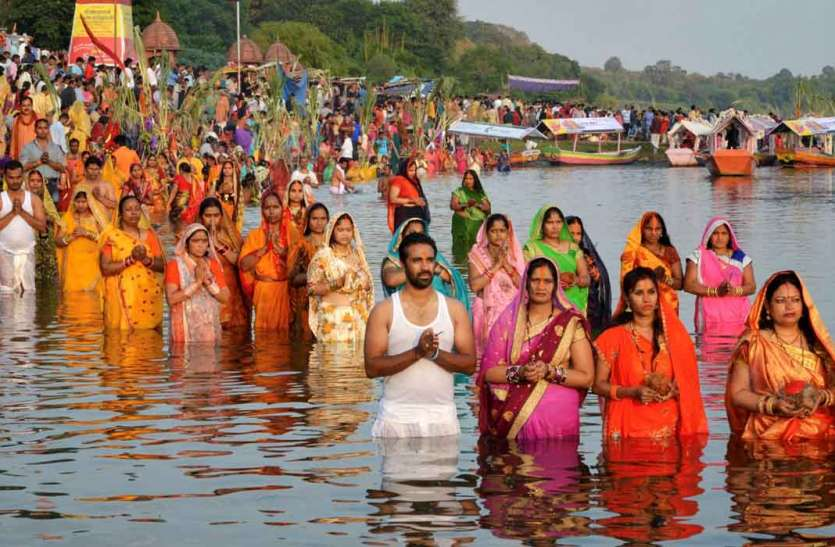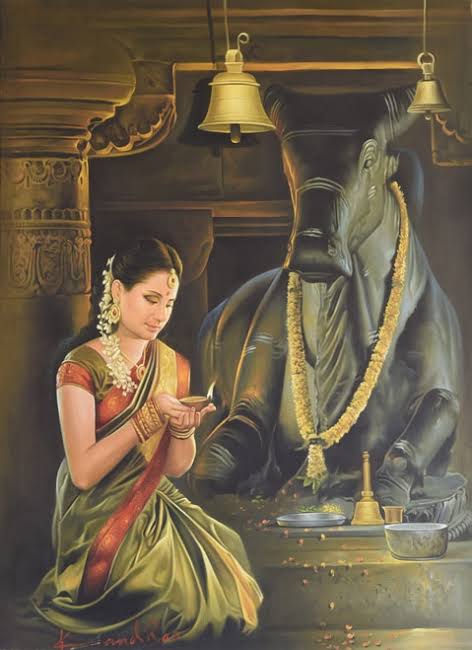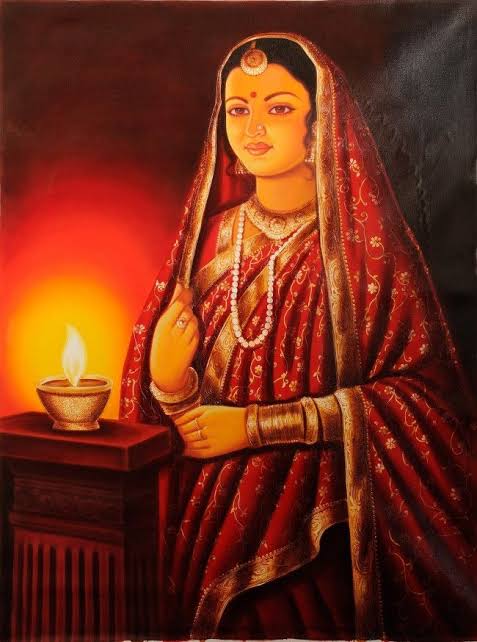
छठ महापर्व की शुभकामनाएं!!
The festival is related to the Surya Upasana that the eldest Pandav Yuddhishthir performed.
It is because of this ritual that Surya Dev appears & gifts him the copper vessel called Akshay Patra that provides unlimited food till Draupadi has eaten. +
The festival is related to the Surya Upasana that the eldest Pandav Yuddhishthir performed.
It is because of this ritual that Surya Dev appears & gifts him the copper vessel called Akshay Patra that provides unlimited food till Draupadi has eaten. +

The entire ceremony being performed while standing in water is quite suggestive of the Chhat ritual.
The terms Chhat & Chhati are colloquial terms derived from Shashti since this festival is celebrated on the 6th day of the Kartik month or the Kartik Shukla Shashti.
The terms Chhat & Chhati are colloquial terms derived from Shashti since this festival is celebrated on the 6th day of the Kartik month or the Kartik Shukla Shashti.
This can be corroborated with the same term being used for the festival when it falls in the month of Chaitra and is known as Chaiti Chhati. This day forms a part of the Chaitra Navratri falling on the 6th day and is also known as Yamuna Chhath.
There are various folk-songs in Maithili, Angika, Bhojpuri and Maghadhi which clearly indicate that the Chhat is the celebration of Sun. Women folk bear the great hardship of this Vrat for the well being of their children. And they wish their children should be like this Sun.
• • •
Missing some Tweet in this thread? You can try to
force a refresh







